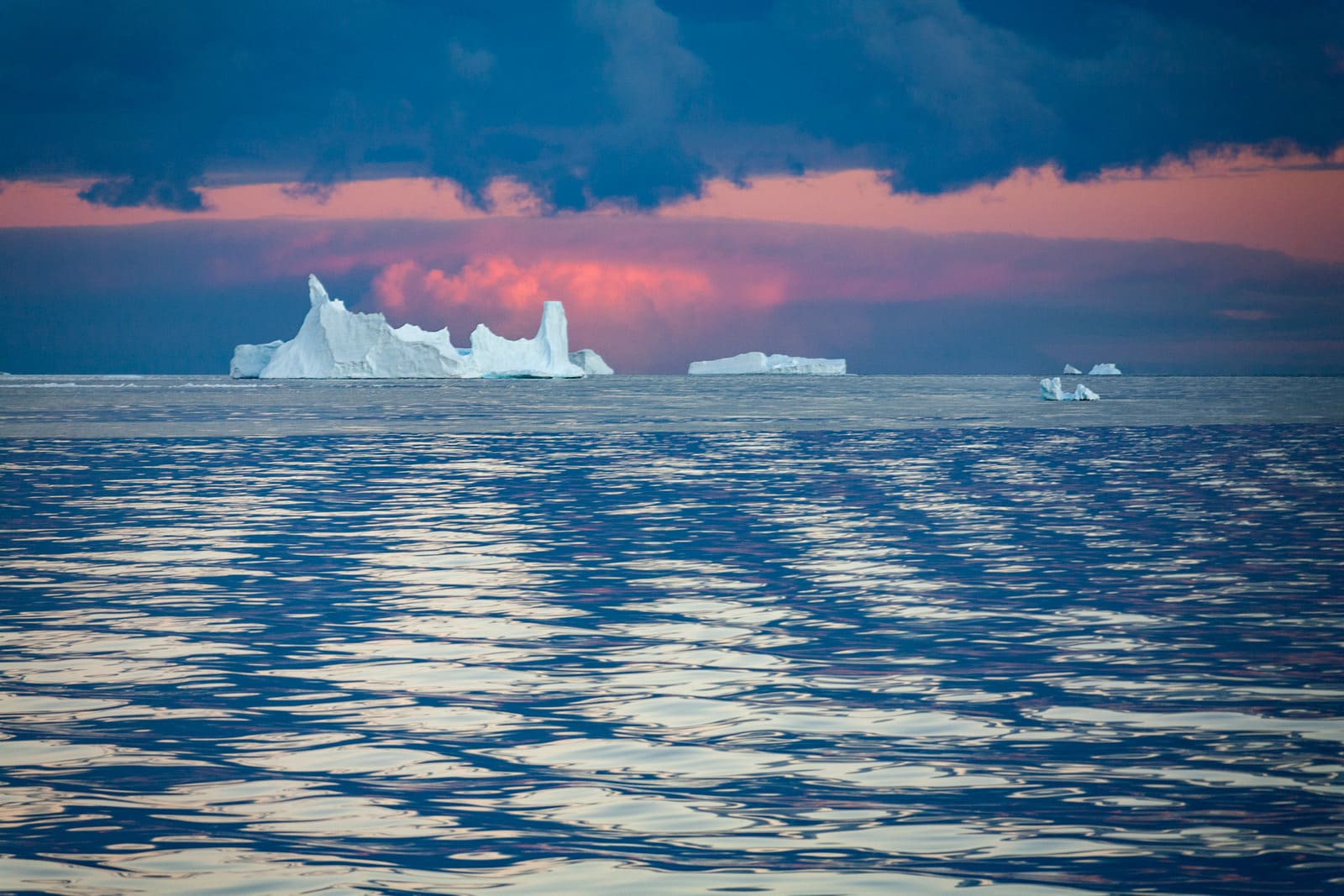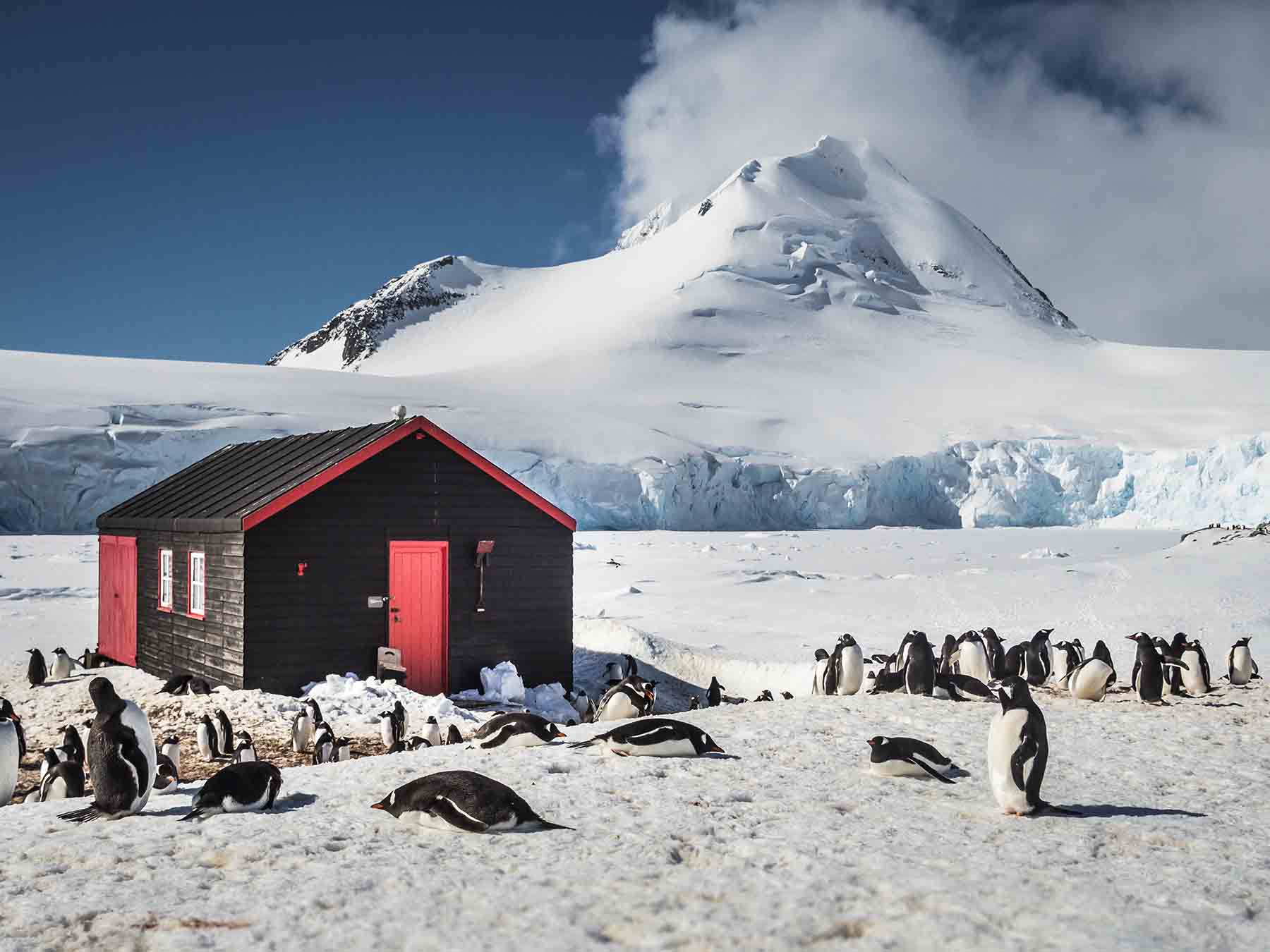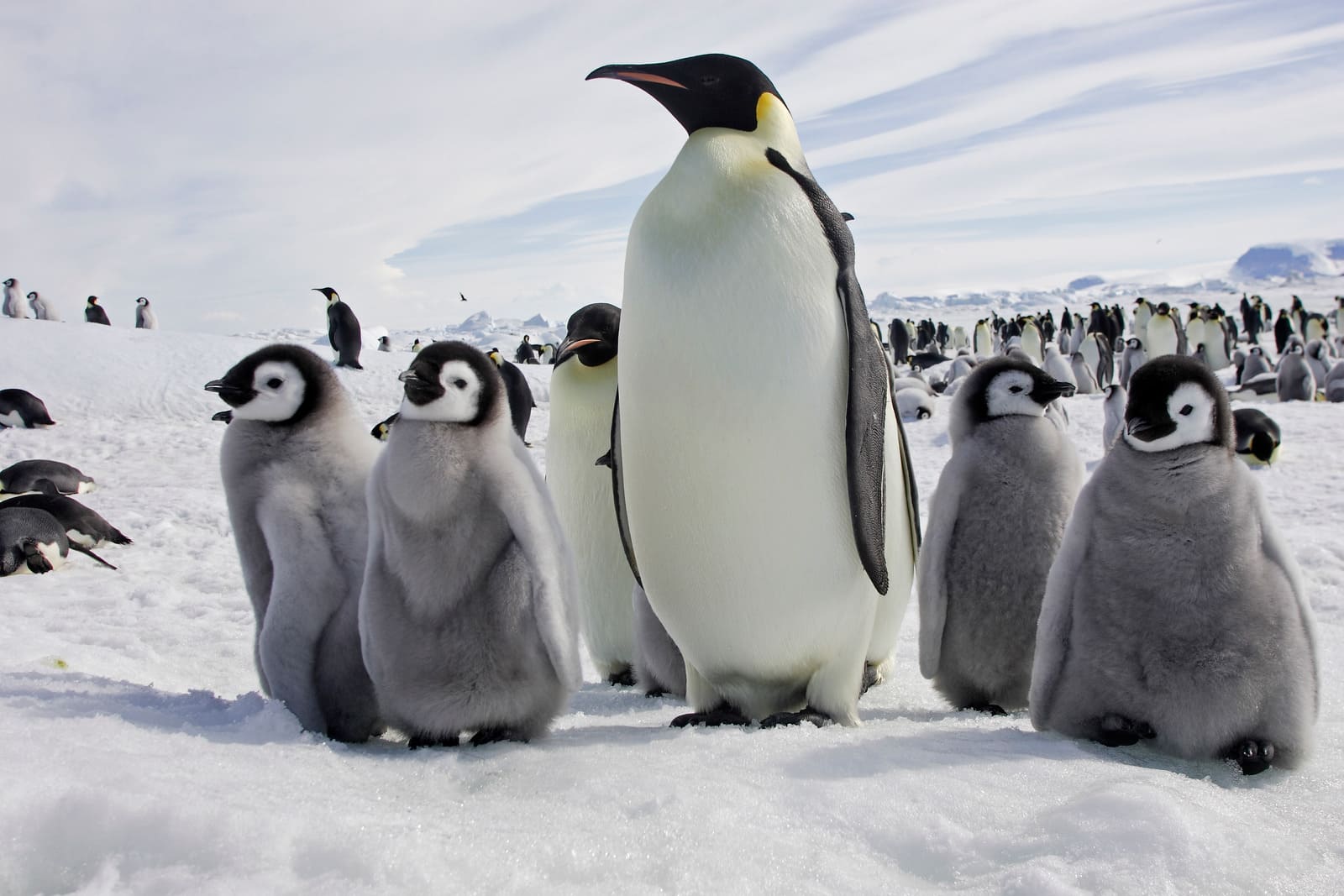
How to travel to Antarctica: everything you need to know | Travel News
Few experiences rival waking up at 3 a.m. while sailing through Antarctica, witnessing jagged peaks silhouetted against a pink-amber sky. That warm sunrise glow through the cabin window in the stillness of the early hours is among the many magical moments I’ve had on the world’s coldest, driest, and southernmost continent (many of which involved penguins). These stunning landscapes have long inspired polar explorers, record-setters, and, more recently, adventurous travelers eager to check off their seventh continent. While a few camps accessible by air offer overnight stays, cruise ships remain the best and often the only way for tourists to explore most parts of this remote region. Planning and research are essential for such a once-in-a-lifetime journey. Here’s what you need to know.
How to Get There
While some cruises depart from New Zealand, the most common route to Antarctica is crossing the Drake Passage from southern Argentina or Chile. This two-day voyage is renowned for its extremes—calm waters of the "Drake Lake" or the more turbulent "Drake Shake." For those with limited time, flights from Punta Arenas to King George Island in the South Shetland Islands take about two and a half hours, though they offer a less immersive experience. Despite battling seasickness, I’m glad I crossed the Drake by ship, accompanied by albatrosses; the thrill of seeing land after two days at sea is unmatched, and something you’d miss by flying.
When to Go
The tourist season runs during the warmer months, from November to March, when average temperatures hover just above freezing, particularly from December to February. Penguins are a consistent sight throughout the season, but late December and January are best for spotting chicks. February and March are prime times for whale watching, with humpback, minke, and orca pods arriving in full force. February is also ideal for seeing seal pups, while March offers spectacular sunrises and sunsets as the days begin to shorten.

Where to Go
There are countless incredible places to explore, from Port Lockroy, where you can send postcards with penguin-themed stamps, to Deception Island, an active volcanic caldera, and Elephant Island, where Shackleton’s crew awaited rescue. However, itineraries are typically flexible, with expert expedition leaders adjusting routes based on weather and ice conditions. This unpredictability adds to the adventure. Most trips focus on the Antarctic Peninsula, which offers numerous International Association of Antarctica Tour Operators (IAATO) approved landing sites. A few specialized expeditions venture to more remote areas like Snow Hill Island, the Weddell Sea, East Antarctica, and the Ross Sea, home to elusive emperor penguins.

What to Pack
Cruise operators often provide expedition parkas, waterproof pants, and sturdy rubber boots with warm linings. Essential personal items include motion-sickness medication, thermal layers (opt for materials like merino wool and polypropylene), a waterproof backpack, sunglasses, SPF for face and lips, and multiple pairs of gloves in case one gets wet. Thin liner gloves under bulkier waterproof ones are perfect for handling cameras without freezing fingers. For extra caution, consider waterproof housings for cameras and protective cases for phones.
How to Travel Responsibly
Strict guidelines help preserve the pristine environment. Avoid clothing with velcro, carefully clean gear like walking poles before your trip, and follow boot-cleaning protocols when boarding and disembarking the ship. Always maintain a distance of about 15 feet from wildlife and remember that penguins and other animals have the right of way.

Fitness Requirements
Antarctica is accessible to most fitness levels. You’ll need to be comfortable with moderate walking and able to step into and out of Zodiacs—small inflatable boats used to ferry passengers to shore. Hiking poles are helpful for anyone unsure about navigating uneven or icy terrain.
While extreme fitness isn’t necessary, being in good health is important. If you have a heart condition, consider avoiding activities like the polar plunge. Medical facilities are limited, and poor weather can delay evacuation flights for days. Accidents are rare but possible, so traveling with a reputable operator and following the expedition team’s advice ensures a safe visit. They carefully assess landing sites, mark safe paths, and provide guidance for Zodiac safety.
How Long to Visit
Antarctic itineraries range from six days to nearly a month, with longer trips often including stops in South Georgia, the Falklands, Chile, or Argentina. If you have specific activities in mind, like kayaking or the polar plunge, longer trips increase your chances of favorable conditions. Depending on your location, ships may offer up to three shore landings daily.
